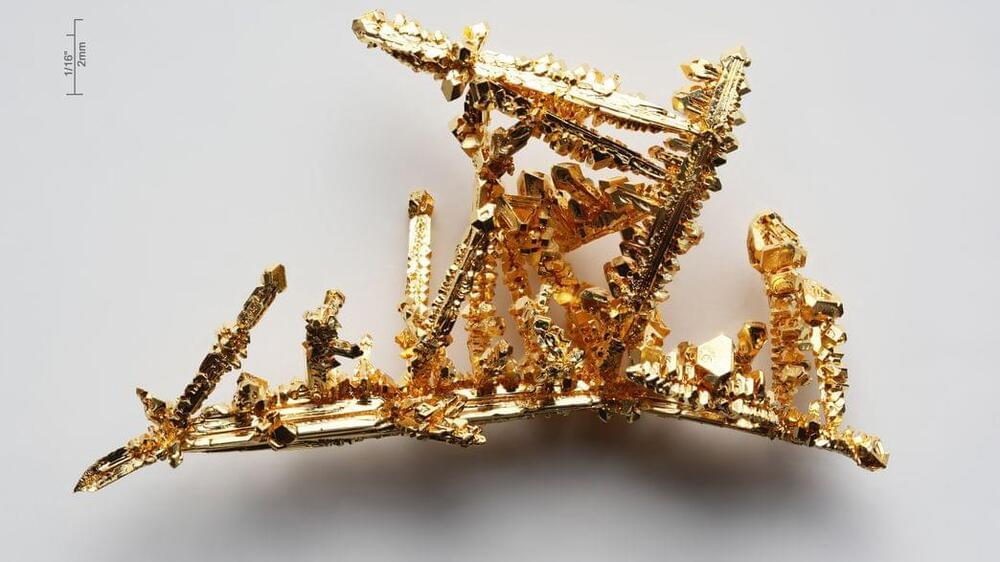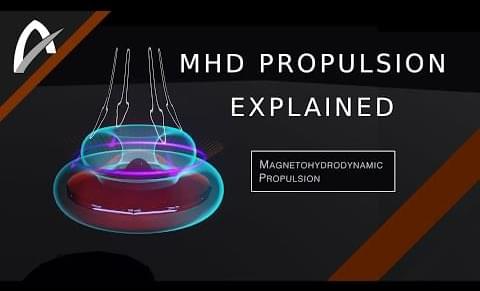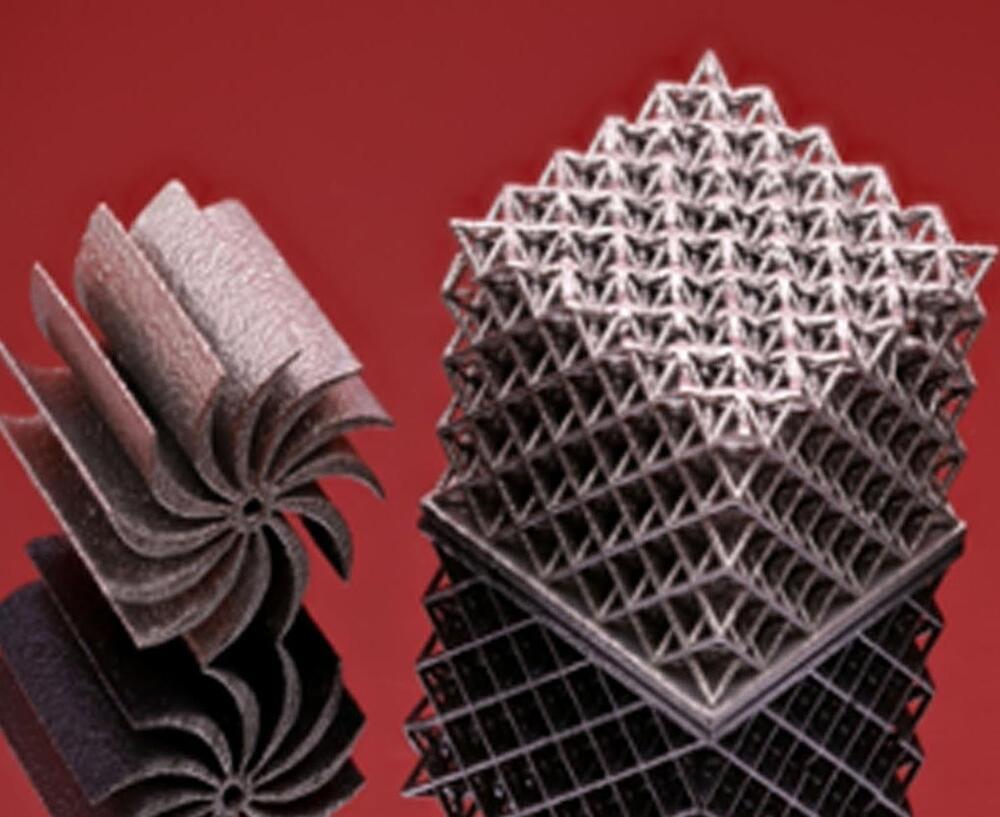Aug 31, 2022
Smaller, Cheaper Lidar With New Chip-Based Beam Steering Device
Posted by Saúl Morales Rodriguéz in categories: biotech/medical, robotics/AI, virtual reality
Researchers have developed a new chip-based beam steering technology that provides a promising route to small, cost-effective, and high-performance lidar systems. Lidar, or light detection and ranging, uses laser pulses to acquire 3D information about a scene or object. It is used in a wide range of applications such as autonomous driving, 3D holography, biomedical sensing, free-space optical communications, and virtual reality.
“Optical beam steering is a key technology for lidar systems, but conventional mechanical-based beam steering systems are bulky, expensive, sensitive to vibration, and limited in speed,” said research team leader Hao Hu from the Technical University of Denmark. “Although devices known as chip-based optical phased arrays (OPAs) can quickly and precisely steer light in a non-mechanical way, so far, these devices have had poor beam quality and a field of view typically below 100 degrees.”


















